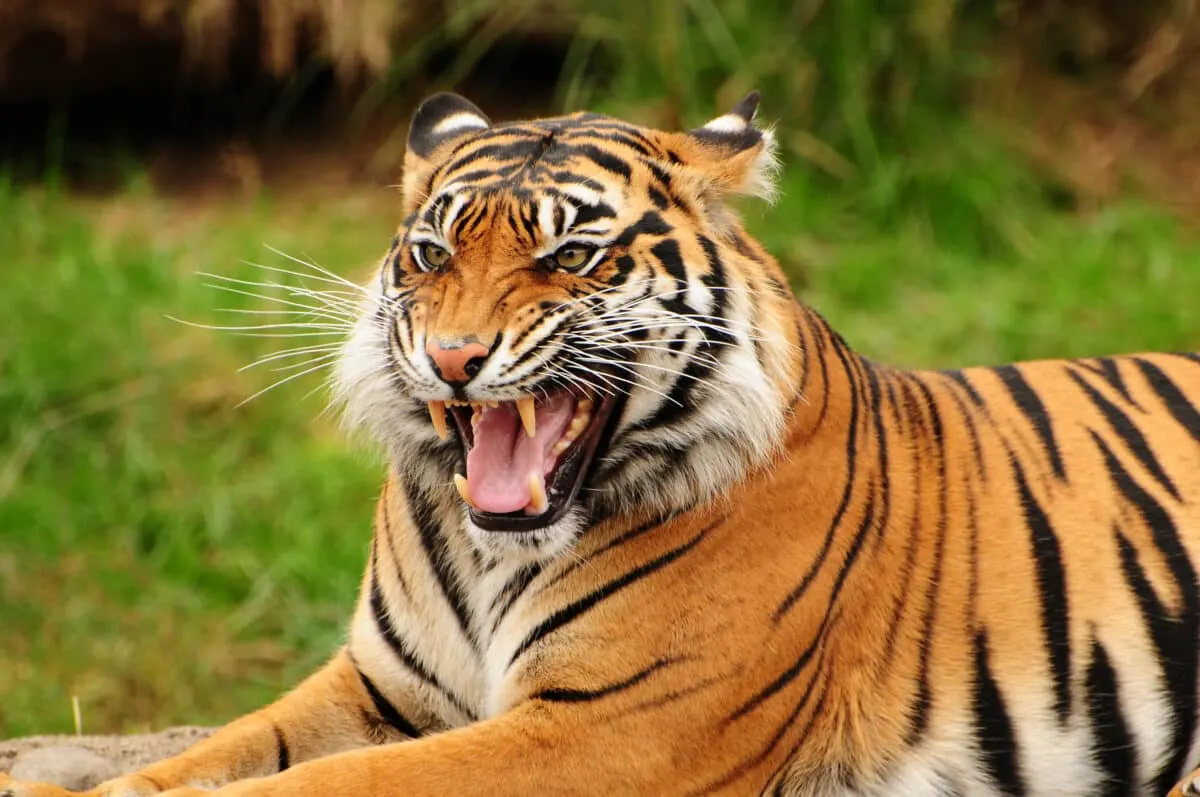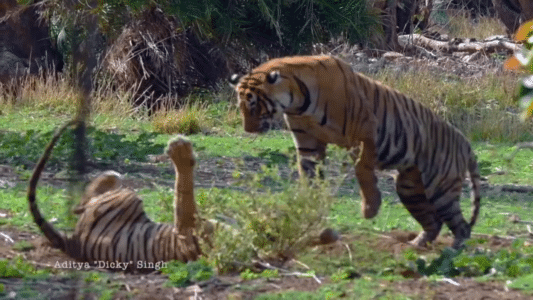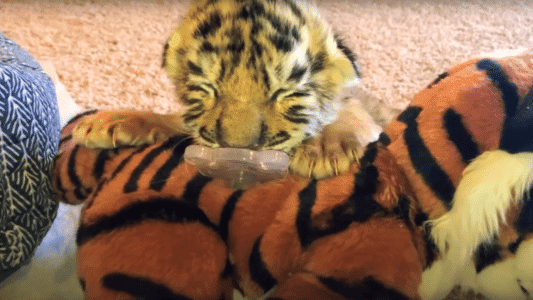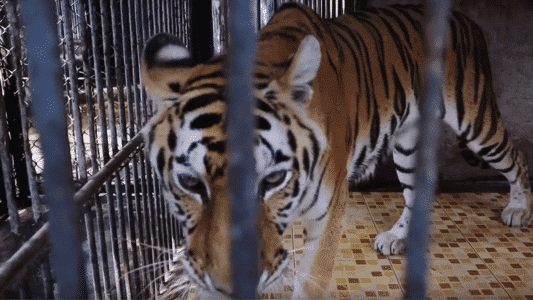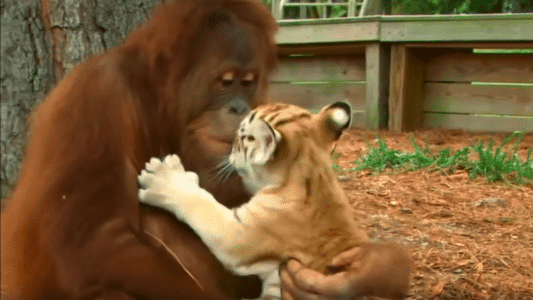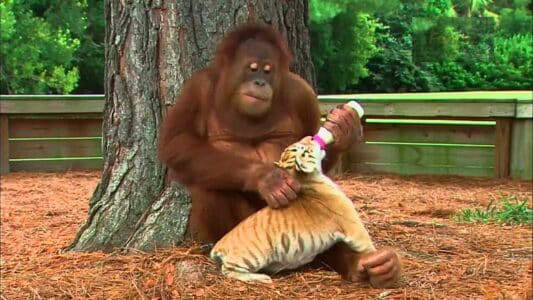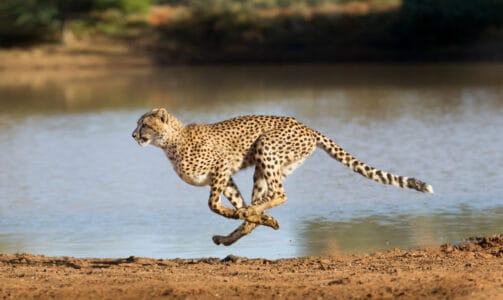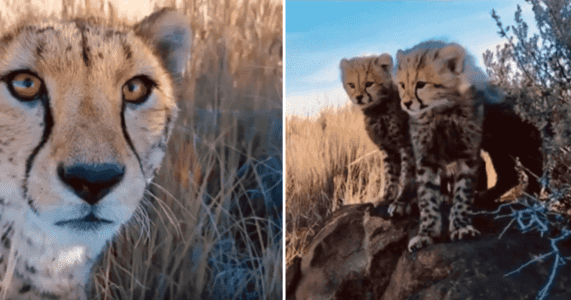If you share our love for the majestic and powerful Big Cats, you are in the right place! Did you know that the Big Cat grouping actually only refers to the 5 species of the Panthera genus? Namely the Lion, Tiger, Leopard, Jaguar, and Snow Leopard. But, out of our interest (and love) for these animals, we include the Cheetah and Cougar in the Big Cat category.
All 7 of these cats belong to the Felidae family. The “true” Big Cats belong to the subfamily Pantherinae, while the Cheetah and Cougar belong to the subfamily Felinae. The Big Cats of the Pantherinae subfamily share similar physical characteristics, such as their skeletal structure, muscle composition, and behaviors. And the same goes for the two belonging to the subfamily Felinae.
Growing up in South Africa has allowed me the wonderful opportunity to experience the Lion and Cheetah roaming in the wild. These experiences left me in awe and filled with respect for these animals. And I hope that through the information you find here, you will be too! Feel free to ask me any questions in the comments below.
Jump to any section or enjoy the entire article on Big Cats.
Big Cats Overview
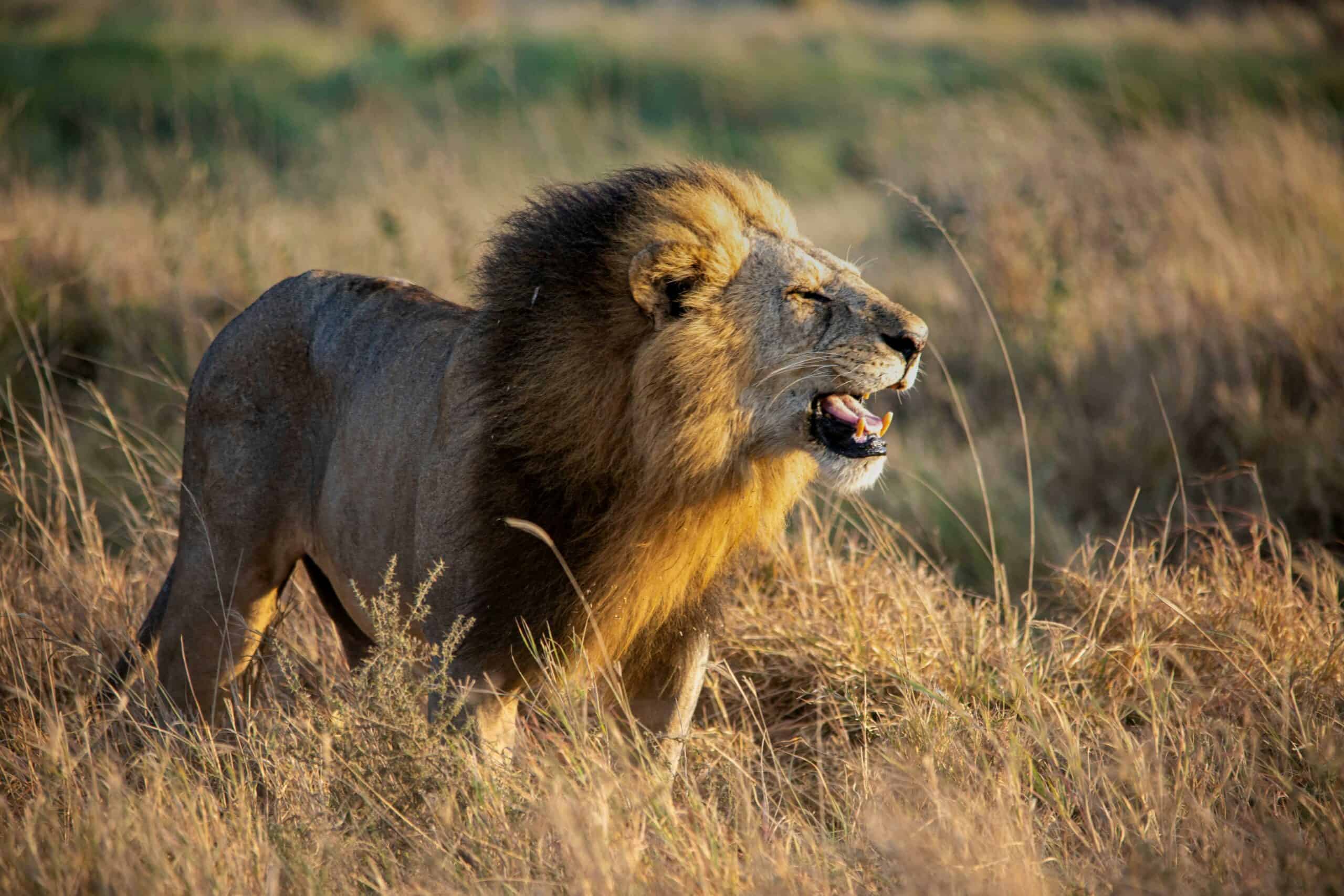
7 Types of Big Cat Species and their Sub-species
As we mentioned earlier, we are exploring the seven Big Cat species, and here is a list compiled of these species and their living sub-species!
#1 Lion (Panthera leo)
- North African Lion (Panthera leo leo sensu stricto)
- Asiatic Lion (Panthera leo leo persica)
#2 Tiger (Panthera tigris)
- Bengal Tiger (Panthera tigris tigris)
- Siberian Tiger (Panthera tigris altaica)
- South China Tiger (Panthera tigris amoyensis)
- Indochinese Tiger (Panthera tigris corbetti)
- Malayan Tiger (Panthera tigris jacksoni)
- Sumatran Tiger (Panthera tigris sumatrae)
#3 Jaguar (Panthera onca)
#4 Snow Leopard (Panthera uncia)
#5 Leopard (Panthera pardus)
- Leopard (Panthera pardus)
- African Leopard (Panthera pardus pardus)
- Indian Leopard (Panthera pardus fusca)
- Javan Leopard (Panthera pardus melas)
- Arabian Leopard (Panthera pardus nimr)
- Anatolian Leopard (Panthera pardus tulliana)
- Amur Leopard (Panthera pardus orientalis)
- Indochinese Leopard (Panthera pardus elacouri)
- Sri Lankan Leopard (Panthera pardus kotiya)
#6 Cheetah (Acinonyx jubatus)
- Southeast African Cheetah (Acinonyx jubatus jabatus)
- Asiatic Cheetah (Acinonyx jubatus venaticus)
- Northeast African Cheetah (Acinonyx jubatus soemmeringii)
- Northwest African Cheetah (Acinonyx jubatus hecki)
#7 Cougar (Puma concolor)
- South American Cougar (Puma concolor concolor)
- North American Cougar (Puma concolor couguar)
How Many Big Cat Species Are There?
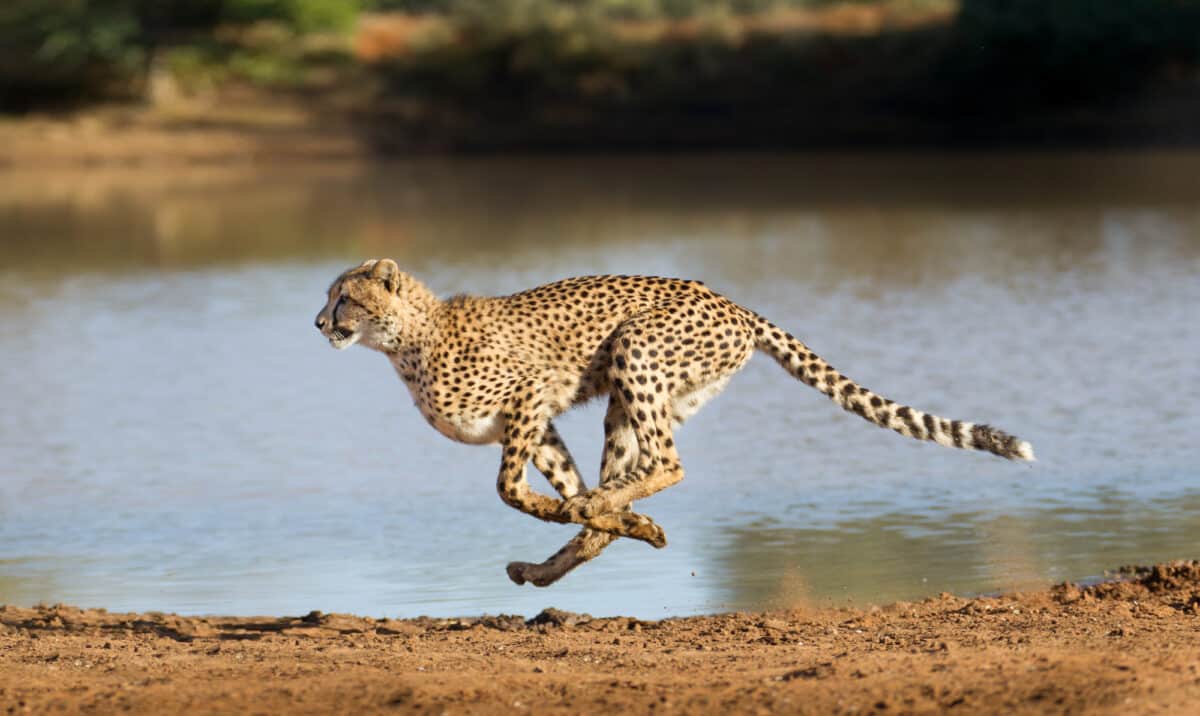
In the above list, we mentioned the 7 species we consider as Big Cats. Many of these species have subspecies, and many are known by different names! Like the Cougar, who is often referred to as the Mountain Lion or Puma.
All of these feline creatures belong to the family Felidae, and it is likely that you have heard of some, if not all, of them! These animals are considered apex predators with their powerful physiques, sharp claws, and keen senses. These carnivores hunt a variety of different mammals, depending on their habitat and size.
Most of the Big Cats are solitary animals, hunting alone, except for Lions who live and hunt in prides. Also, did you know that it is mainly the female Lion who hunts?
Where Do Big Cats Live?
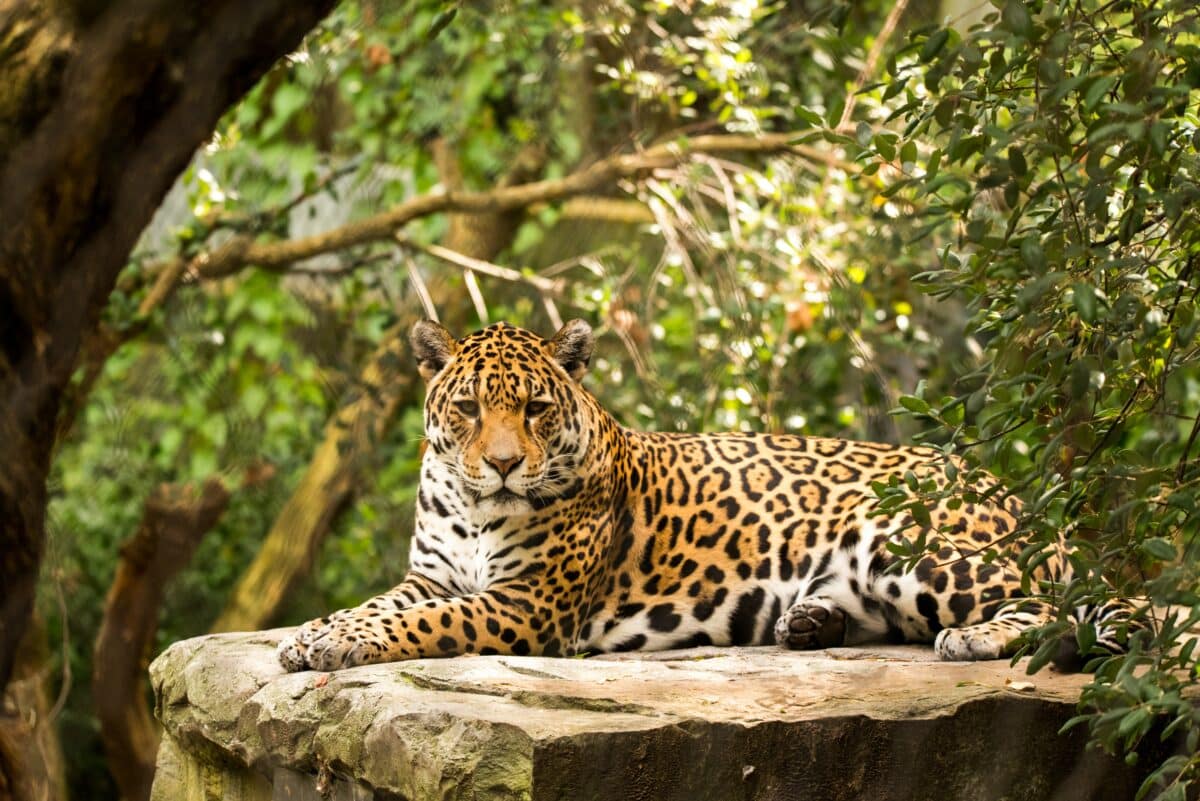
The Big Cats live in a variety of habitats around the world, and each of these felines is adapted to their different environments. Take the Snow Leopard for example, they have thick coats of a paler color to keep them warm and blend into the snow-covered habitats they roam. Here are some of the places where the Big Cats can be found in the wild:
- Africa: Here the Lion, Cheetah, and Leopard roam a variety of habitats. Including savannas, sub-saharan territories, and grasslands.
- Asia: Here you’ll find Lions, Tigers, and Snow Leopards in habitats ranging from granite rocky areas to snowy mountain ranges to jungles.
- South America: Here you’ll find the Jaguar roaming through jungles, rainforests, and savannas. While the Cougar ranges over a large variety of habitats like rocky areas, grasslands, swamps, and lowland tropical forests.
- Central America: Here Cougars are also found in their wide range of habitats.
It has to be noted that these Big Cats can be found across the world where they live in sanctuaries and zoos.
Learn More About Big Cats
-

Female Tiger Showdown For Dominance
-

Cubs Meet Adult Tiger for the First Time
-

Tiniest Tiger Cub Brave Journey From Being Rescued To A Wild Man Now
-

Tiger Chained Up Her Whole Life Takes Her First Free Steps
-

Orangutan Feeds And Cuddles Playful Baby Tigers
-

A Closer Examination: Orangutan Babysits Tiger Cubs
Most Popular Big Cat Species
| Big Cat | Scientific Name | Size | Conservation Status | Fun Fact |
| Lion | Panthera leo | Males: About 9 feet long & weigh up to 500 pounds. Females: About 8 feet long & weigh about 350 pounds. | Vulnerable | They are the only Big Cats that roar together – even the cubs join in! |
| Tiger | Panthera tigris | Siberian Tigers are the largest at 10 feet and 660 pounds. | Endangered | Their stripes are unique to each individual – just like human fingerprints! |
| Jaguar | Panthera onca | About 8 feet and 330 pounds. | Near Threatened | They have the strongest bite of all Big Cats! |
| Leopard | Panthera pardus | About 10 feet including their tails, and weighs 110 – 200 pounds. | Vulnerable | Females tease males to mate by leaving their scent around and waiting for the males to find them. |
| Snow Leopard | Panthera uncia | Around 8 feet including their tails, and weighs 77 – 120 pounds. | Vulnerable | They can leap 30 feet in one go! |
| Cheetah | Acinonyx jubatus | Just under 8 feet including their tails, and weighs 75 – 140 pounds. | Vulnerable | They are the fastest animals on earth – sprinting at 75 mph! |
| Cougar (Mountain Lion/Puma) | Puma concolor | 7 – 8 feet long and weighs 90 – 175 pounds. | Least Concern | Cubs are born with spots on their bodies to help them camouflage. These disappear as they age! |
Can All Big Cats Roar?
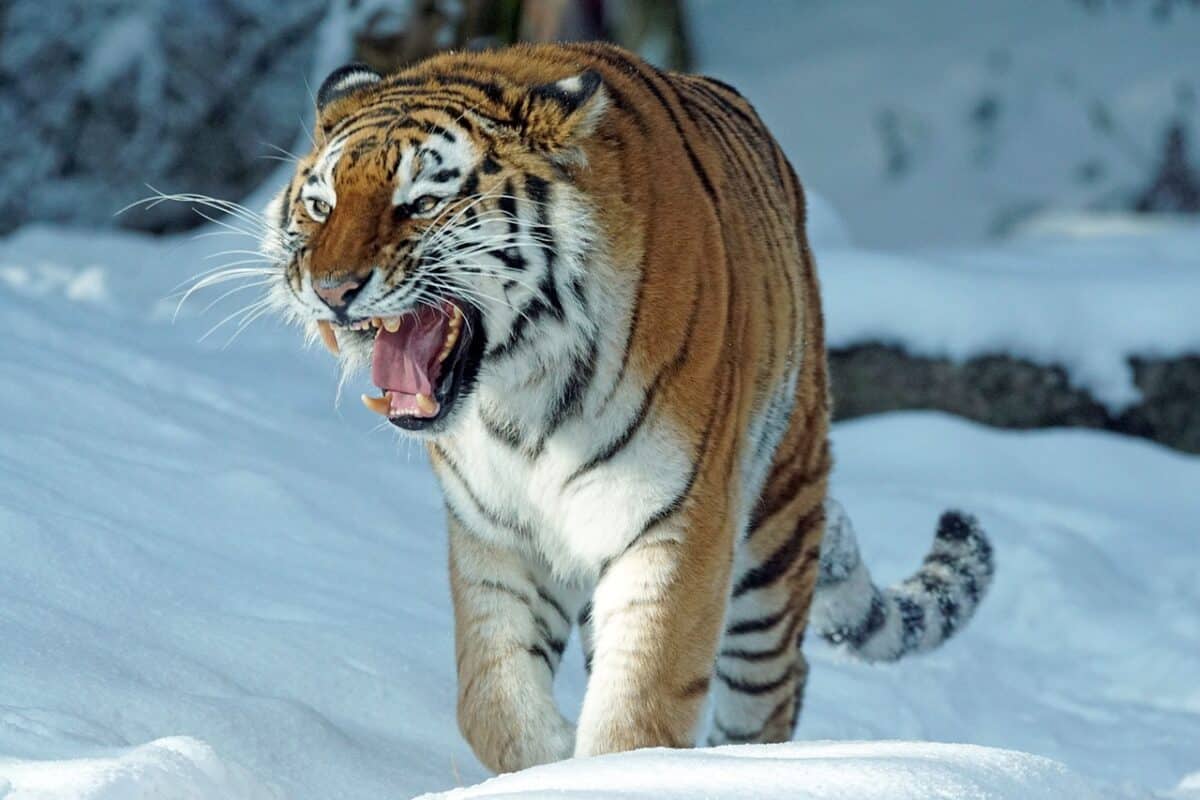
It is a common misconception that all Big Cats can roar, however only four of the species can! The ability to roar is limited to four of the Panthera species, namely the Lion, Tiger, Jaguar, and Leopard. These felines have a special hyoid bone in their throats that allows them to produce the deep and powerful roars we know these animals for, however they cannot purr.
The Snow Leopard, also a member of the Panthera genus, the Cheetah, and the Cougar do not have the same specialized bone and subsequently neither the ability to roar. However, these Big Cats communicate by purring, hissing, and other vocalizations.
Big Cat Records
-

Lioness Catches 6 Dogs In 7 Days From Kenya Homes – But Wives Are Happy
-

The Fastest Animal on Earth: So, How Quick Are Cheetahs?
-

Tiger and Crocodile’s Epic Clash Over Prey
-

Malayan Tiger on the Brink of Extinction: Alarm as Deaths Rise
-

Heartwarming Story: Mountain Lion Cub Released Back Into The Wild After Being Hit By A Car In California
-

Wild Jaguars Eat Caapi Roots To Hallucinate In South America
7 Big Cat Facts That Surprised Me
- Cougars hold the Guinness World Record for the animal with the most names, with over 40 names in English alone.
- Jaguars don’t just have spots, they have spots inside their spots.
- Leopards don’t have a breeding season and give birth to cubs at any time of the year.
- Lions are the only social animals of the Big Cats. They even show affection through grooming and cuddling in their prides.
- Snow Leopards’ front legs are shorter than their hind legs. The shorter front legs make landing from their impressive jumps aided by their long hind legs easier.
- Tigers love swimming!
- Cheetahs only need to drink water every three to four days.
Images & Videos of Big Cats
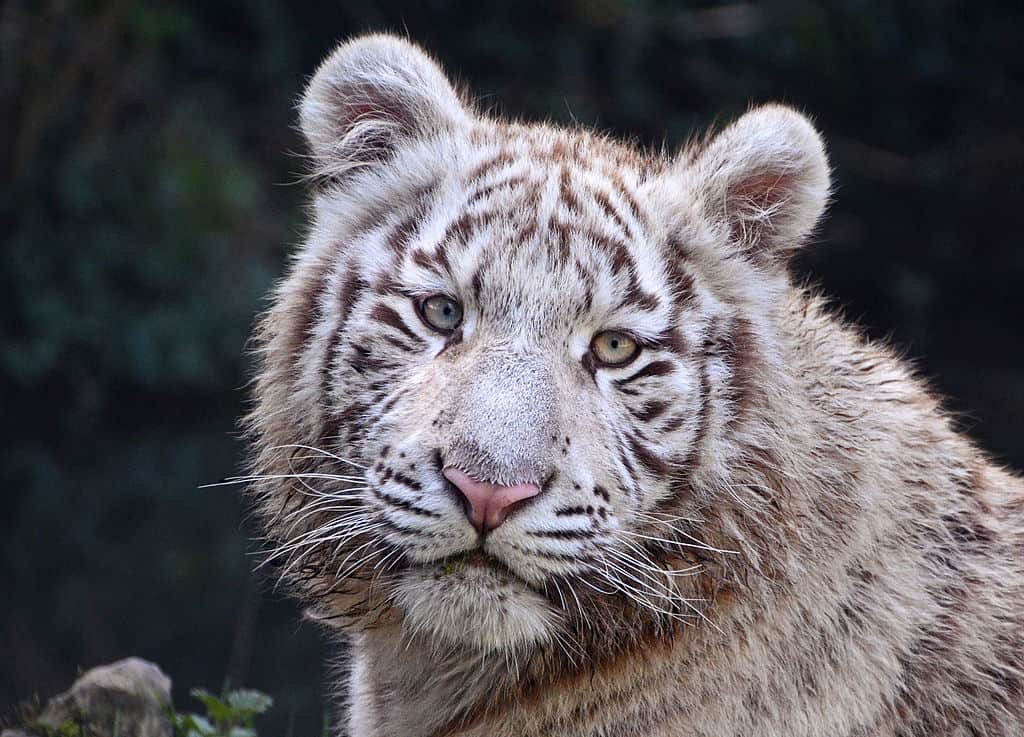
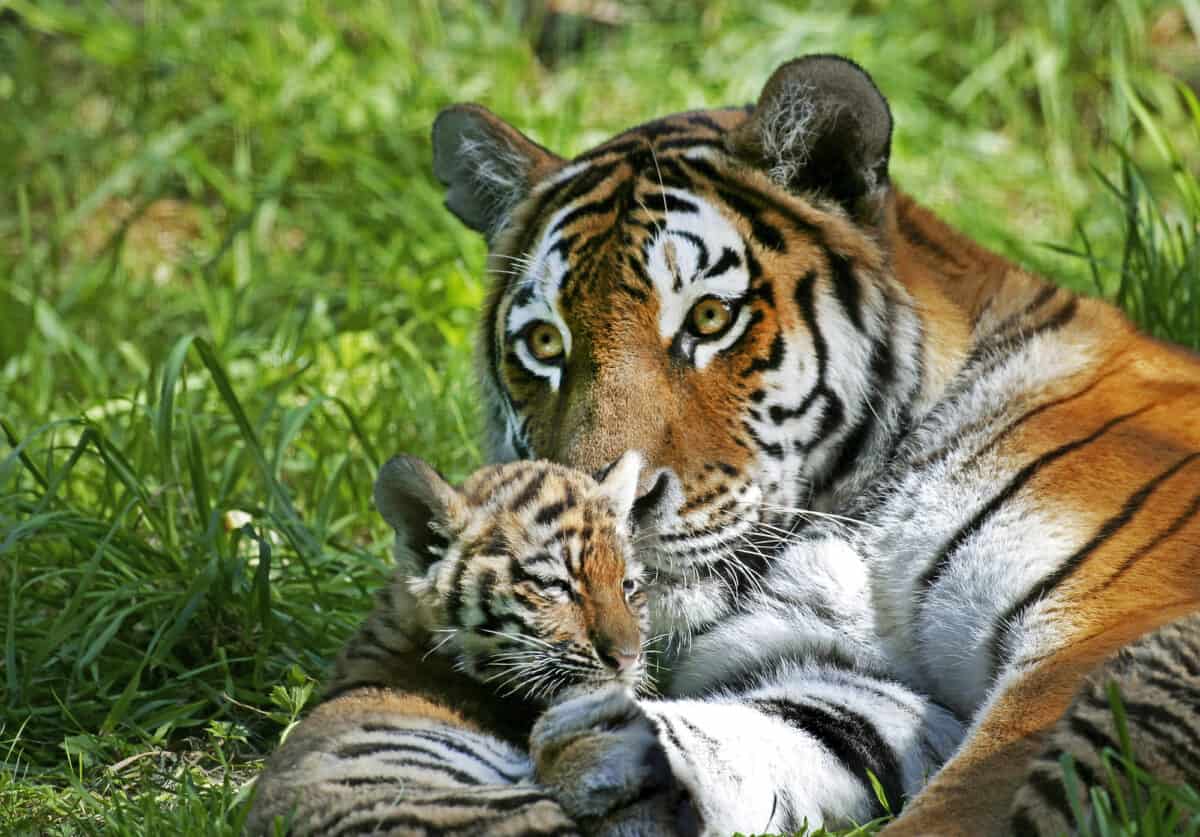
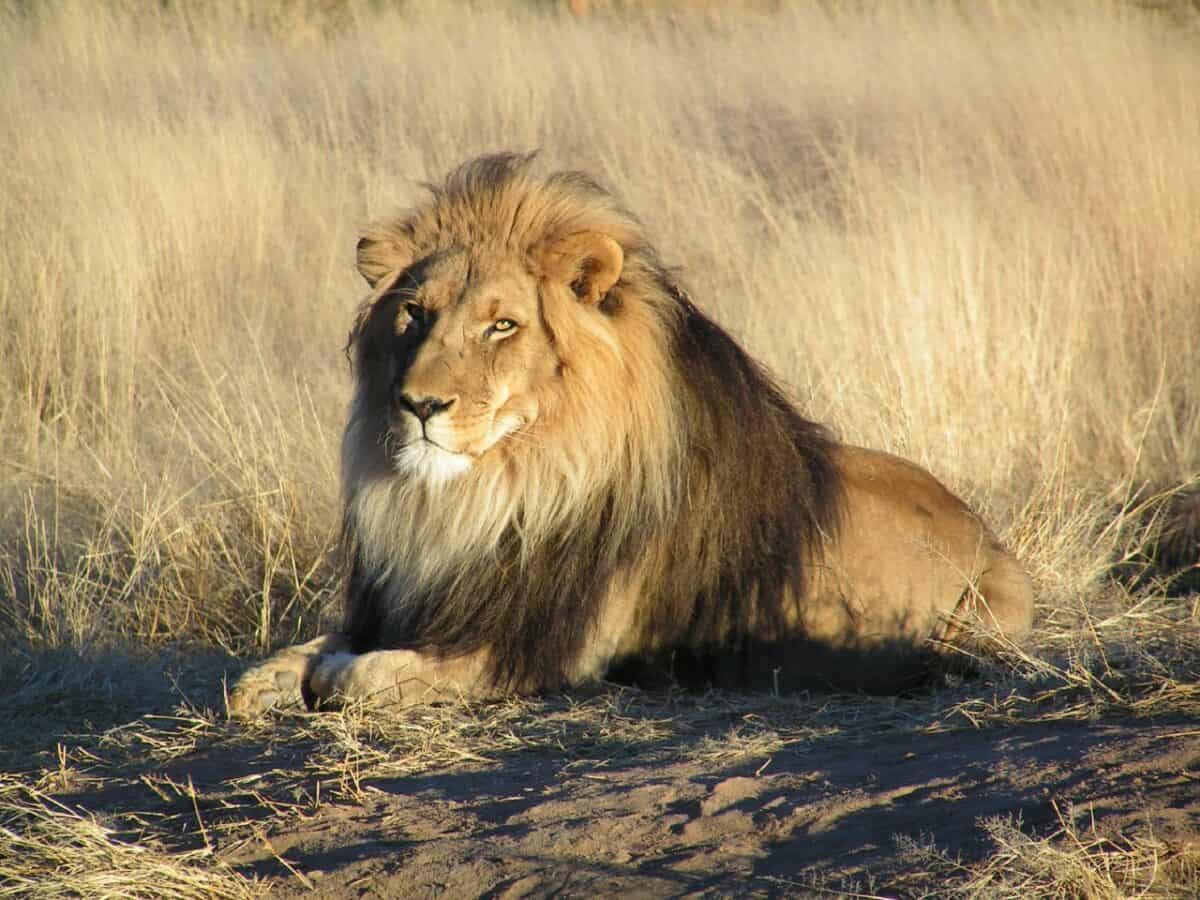
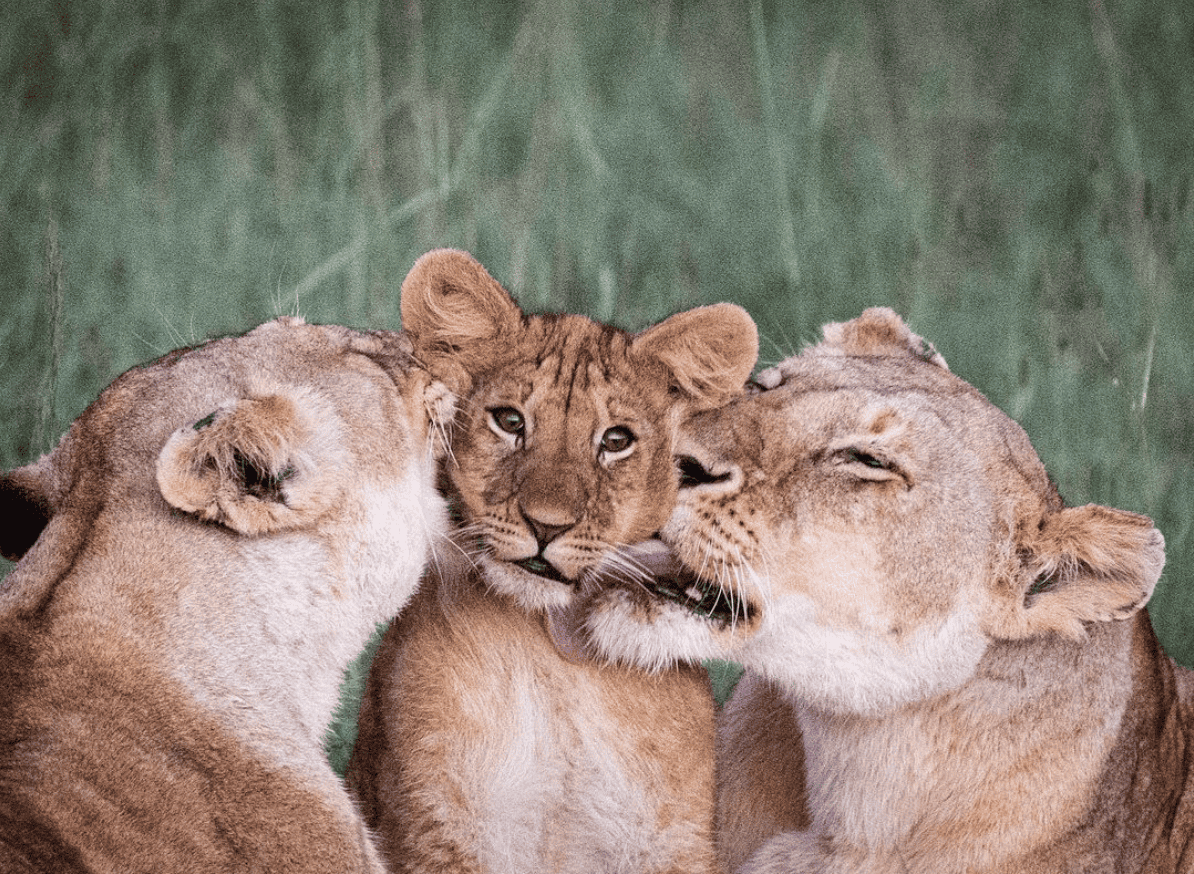
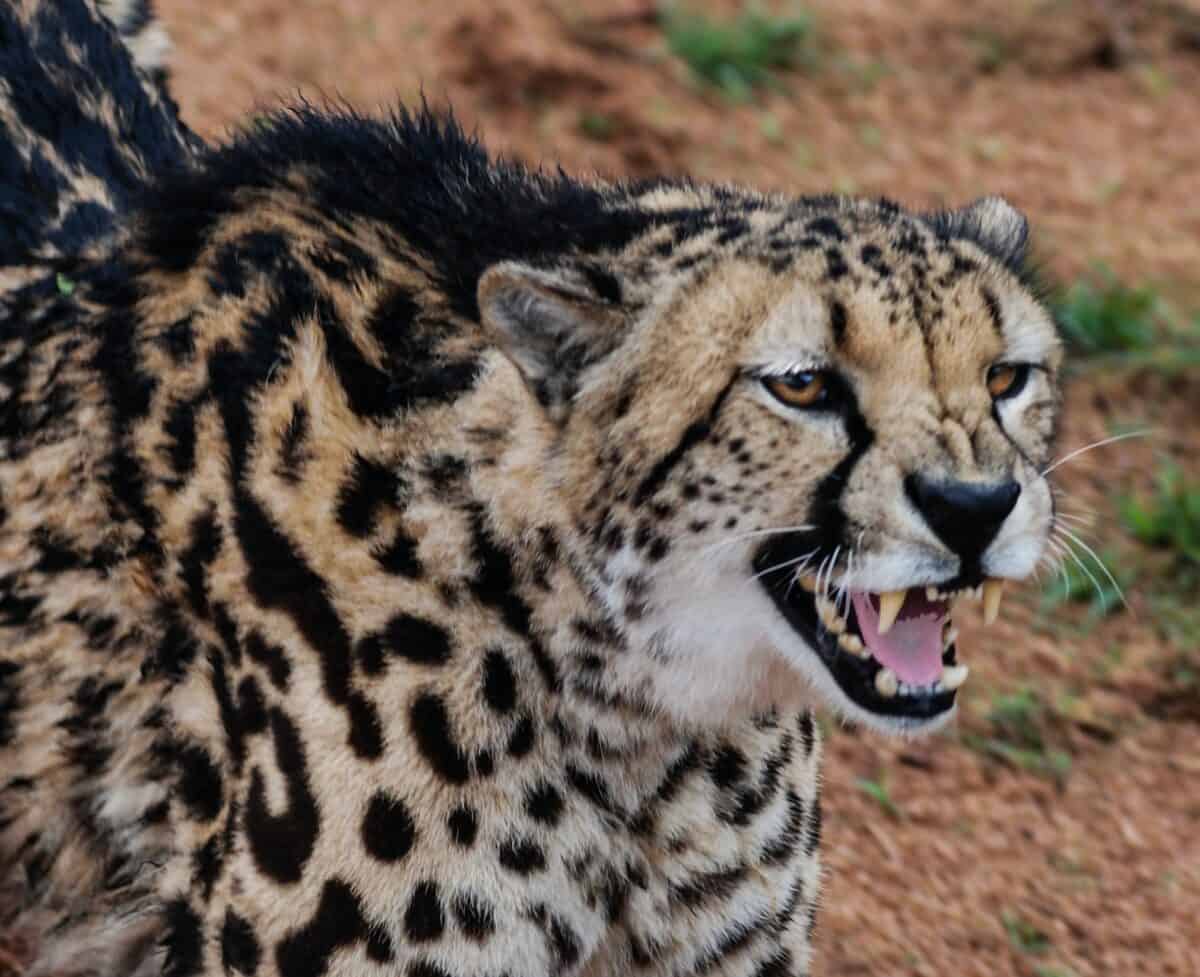
Big Cat News
-

Surprise Hippo Attack on Three Lions
-

The Fastest Animal on Earth: So, How Quick Are Cheetahs?
-

Tiger and Crocodile’s Epic Clash Over Prey
-

Malayan Tiger on the Brink of Extinction: Alarm as Deaths Rise
-

Heartwarming Story: Mountain Lion Cub Released Back Into The Wild After Being Hit By A Car In California
-

Wild Jaguars Eat Caapi Roots To Hallucinate In South America
-

Shocking Survey Results of only 718 Snow Leopards Identified in India
-

A Rare Sight Of Lions in the Snow in South Africa
-

Mama Cheetah Introduces a Photographer to Her Cubs
-

Watch: Zebra Outmaneuvers Lioness in Survival Showdown
-

Man Jumps into Lion’s Enclosure, But What Happens Next is Surprising
-

Washington Woman Nearly Killed by Cougar During Bike Tour But Her Friends Fought Back for 45 Minutes and Saved Her Life
Big Cat FAQ’s
The felines that fall into the Big Cat category are due to their apex predator status. These cats are at the top of the food chain and have no predators of their own. The second reason might be a bit self-explanatory, but these animals have to be part of the Feline family! 🙂
Most of the Big Cat species are considered endangered to a certain extent, some more than others. This is partly due to habitat loss, illegal poaching, and human-wildlife conflict.
The Siberian Tiger, also known as the Amur Tiger, is the biggest of the Big Cat species! Found in China and Russia, these tigers weigh 660 pounds and measure 10 feet in length!
Both the Lion and the Tiger are incredibly strong Big Cats. However, when compared the Tiger would be stronger due to its bigger size and higher muscle mass than the Lion. However, if comparing their pound-to-pound bite force, the Lion would win!
Overall, Big Cats do not see humans as prey. Attacks have been recorded, but usually occur when these felines feel threatened, are under dire circumstances, are desperate for food, or if humans are alone and vulnerable in their habitat. However, Tigers have been recorded to be responsible for the most human deaths from direct attacks than any other wild animal!
What Makes Big Cats Successful Apex Predators?
Firstly, Big Cats do not have any predators of their own, placing them at the top of the food chain! These felines have many physical attributes like their powerful muscular bodies allowing them incredible strength and speeds to overpower prey. They also have keen senses of sight, smell, and hearing aiding them in locating prey. After which their camouflaging and stealthy stalking capabilities allow them to use a variety of hunting techniques, such as ambushing, stalking, chasing and pursuit, swimming, and group hunting! Finally, their claws, strong jaws, and sharp teeth allow them to deliver fatal bites quickly and efficiently to their prey.
Big Cat Conservation
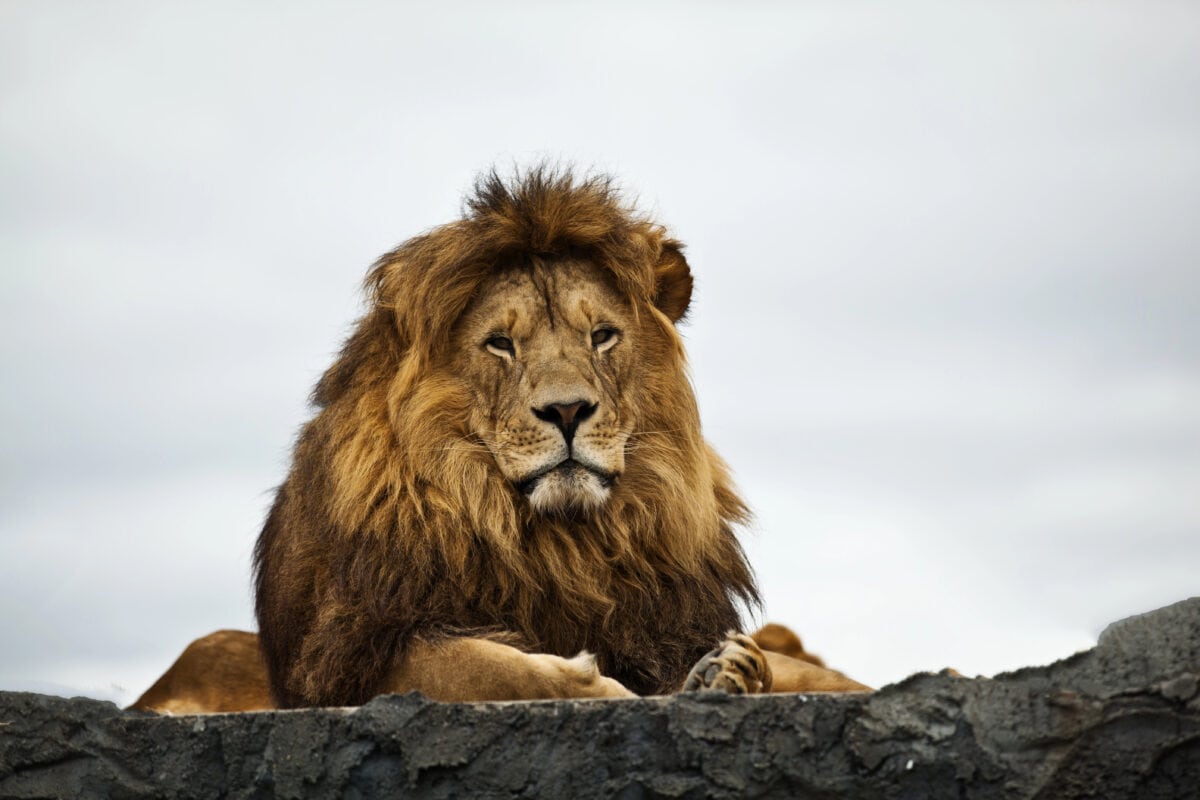
As mentioned earlier, Big Cats are under various levels of threat for extinction and some species have already gone extinct! Their conservation is a worldwide effort to protect these magnificent creatures from the habitat loss, poaching, and human conflicts they experience daily.
Organizations around the world use strategies like anti-poaching patrols, habitat restoration, and the creation of Big Cat sanctuaries and protected areas to supply safe environments for these animals. Conservationists are also pushing for stricter laws and regulations regarding the illegal trade of wildlife, and educating local communities on the importance of keeping these animals safe to maintain healthy ecosystems and biodiversity.
Through education, research, and international cooperation the aim is to keep these Big Cats safe and secure futures where they can thrive in the wild where they belong.
My Experience with Big Cats
When I was little, maybe 7 or 8, I went to a Big Cat Sanctuary in South Africa. And that was my first experience with one of the Big Cats. I remember holding a Cheetah cub while its mother was supervising, and experiencing a sense of colliding fear and admiration! In awe that these magnificent animals animals and I are sharing a moment.
Later on in my life, I had the same feeling when I saw a Lion hunting in the Kruger National Park. This time, the Big Cat was roaming freely and doing what she does best. A truly breathtaking moment!
These experiences fueled my love and respect for Big Cats. Knowing that these agile, beautiful, and powerful creatures roam, hunt, and sometimes even play on the same earth where humans live in houses in cities, just highlights the remarkable diversity of life on our planet. While emphasizing the importance of conservation to ensure these magnificent animals roam and thrive for many years to come.
Learn more about mammals:
Newest Category: Big Cats
- Water Loving Golden Retriever Sneakily Takes Dips in the Neighbor’s Pool - July 22, 2024
- Angry Elephant Bull Charges Safari Vehicle - July 21, 2024
- Lioness Catches 6 Dogs In 7 Days From Kenya Homes – But Wives Are Happy - July 21, 2024

